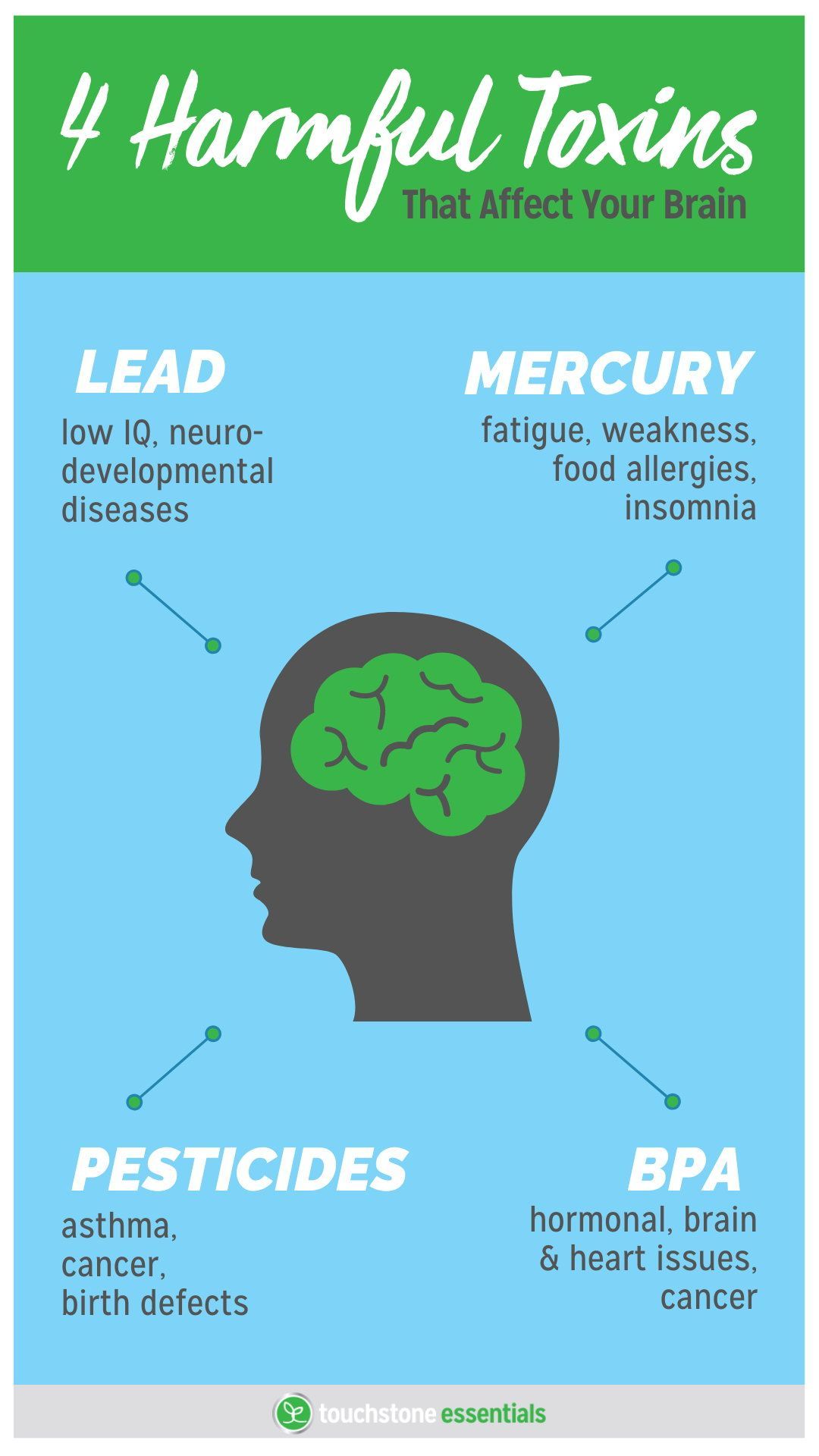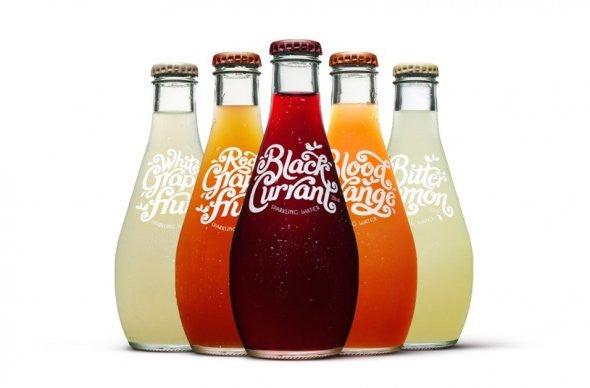
Through an activity poster or a MyPlate graphic, students can learn the five fundamental food groups. The poster highlights how each group should be included in a healthy diet. Half of the plate consists of fruits or vegetables. Students divide the plate in five different food categories after reading the descriptions on each section. For example, they might read about the Dairy Group, which includes milk products. This group supplies calcium-rich foods to the body that keep bones strong.
Numerous studies have shown that people should consume more fruits and veggies than they currently do. In 2010, 30.3 millions Americans were diagnosed with diabetes, according to the National Institute of Diabetes. Many of these people had type 2 diabetes, with another 1.5 million being diagnosed each year. While diabetes is a common cause of death in the United States, heart disease remains the number one killer. According to the CDC, more than a third of all deaths in the country are caused by cardiovascular disease, so increasing the amount of vegetables and fruits in our diet is an important step towards maintaining a healthy lifestyle.
MyPlate has additional guidelines. Eating vegetables can be consumed in raw or juiced form. They are rich in fiber and essential vitamins. Many vegetables are low in calories, making them a good source protein. Every day, children should consume 2 1/2 cups of fresh fruits and veggies. This includes green leafy and brown vegetables. Vitamin A is also important for children's eyes and skin.
MyPlate does not solve the obesity problem. Its purpose is to encourage healthy eating habits and exercise in American adults. Since June 2011, MyPlate was the most used guide in the United States. The MyPlate graphic shows a place setting with five different food groups. The table has an organized portion of fruits vegetables grains and protein. MyPlate has been a great tool for nutrition education.
MyPlate can be used by the average consumer as an easy-to use tool. It is simple to understand and also includes detailed information regarding the dietary recommendations for various food groups. The MyPlate website identifies an individual’s ideal values for each one of the five food groups. The MyPlate chart, which is personal for each person, includes the individual's age and physical activity levels. MyPlate has no food group targets, but it does provide a guide for healthy eating.

The MyPlate doesn’t indicate which foods go in each category. The USDA recommends that there be a wide range of foods within each category. However, the USDA's food pyramid does not specify how much each food should contain. Grilled salmon is richer in omega-3 fatty oils, but has more saturated fat. This makes it an excellent snack for people who are on the go. MyPlate is a great way to eat healthy!
MyPlate encourages people eat a variety and even foods made from grains. Whole grains are best, because they have lots of B vitamins. This is vital for healthy skin, blood, and nervous system. Despite what the plate diagram shows, most grains foods are low fat and low calories. But, they can be high in calories and sugar, so not everyone eats enough of these foods. It is important to remember that you should eat plenty of fruits and vegetables on a daily basis to stay healthy.
The MyPlate is built around the food groups that we eat. While it focuses primarily on fruits and vegetables it emphasizes that you need to eat a wide variety of food groups in order to get the highest nutrients. It is important to eat different types of fruits and vegetables every day. Different fruits and veggies should be consumed daily. This way, your body can get the most vitamins from both of the food groups. Avoiding a wide variety is best.

The MyPlate food chain has seven categories. It can be divided into five major food groups: fruits and vegetables, protein foods, dairy, and other. You can also use the MyPlate's visual guide to help make informed food choices. What are you waiting for? You should use the MyPlate to make the best decisions for your health. The five main food groups should be included in your daily diet.
FAQ
How Much Does it Cost to Learn Culinary Arts Skills?
There are many factors that influence the cost of learning culinary arts. For example, a four-year degree typically costs around $40,000. On the other hand, a two-year associate's degree may cost less than $5,000. Tuition rates vary depending on what program you choose. Prices for tuition are higher in private institutions than they are for public ones.
What are the Essential Skills to Be a Chef?
To be a chef you need a bachelor's level in culinary arts. You will also need to pass several tests administered by ACF. After completing these requirements, you will be awarded a certificate that confirms your qualifications.
Where can you find free online cooking courses?
Many websites offer free cooking classes. YouTube has many videos that will show you how to cook different dishes. You can access thousands of recipes from some websites. The sites typically charge a monthly fee but you can test them for free for a period of 30 days.
What skills will I need to be able to go to culinary school?
To be a chef you need to be able and able to cook well. To learn how to cook, you should take cooking classes at your local high school or community college. After mastering the basics, you'll be able to apply for a job at a catering or restaurant.
Do I have to go to culinary school in order to be a professional chef?
No. Many chefs started their careers by learning on their own. Some even went to culinary schools to gain practical experience. But most chefs prefer culinary school as it offers them more opportunities for learning and growth. Culinary schools provide hands-on training that helps students develop valuable skills and enhance their culinary knowledge.
Statistics
- under 10 Kids have been taught that there is special food just for them, and Fiese says that 10 percent of kids will throw a tantrum if they don't get the food they want. (washingtonpost.com)
- You'll be amazed that over 90% of CIA students receive scholarships and grants to finish their culinary studies. (ischoolconnect.com)
- The median pay for a chef or head cook is $53,380 per year or $25.66/hour, according to the U.S. Bureau of Labor Statistics (BLS). (learnhowtobecome.org)
External Links
How To
How to make the perfect omelet
Omelets have always been a favourite food to eat for breakfast. How do you make them perfect? I've tried many different methods and recipes, but none of them seem to work! So I wanted to share some tips and tricks so that you can make delicious, fluffy omelets every morn.
First, eggs can be very temperamental ingredients for making omelets. The eggs must be fresh from an organic source and kept at room temperature until they are ready to be cooked. The yolks and whites will not form properly if they aren't kept cold enough. This makes your omelets look weirdly colored. If you plan to cook the eggs right away, it is best to use room temperature eggs.
Another tip is to separate your egg before adding it into the pan. Because this could cause your omelet to become curdled, you don't want any yolk to be mixed with any white.
You could end up burning the bottom half of the egg if the egg is added directly to the heat source. Instead, microwave the egg for 10 seconds before adding it to the pan. The microwave heat is sufficient to cook the egg without overcooking.
Let's now talk about mixing eggs. When mixing eggs, it is important to thoroughly beat them. You need to turn the bowl of the mixer upside down. Next, shake the bowl vigorously. This way, the air inside the bowl gets whipped around and mixes the egg thoroughly.
Now comes the fun part - pouring the milk into the mixture. Mix half of the milk with the eggs. Then fold the eggs in half into the remaining milk. You don't need to worry if streaks remain. They will disappear once you flip your omelet.
After you have folded the eggs, heat the oil in a pan over medium heat. Once the oil has started to sizzle, turn the heat down to low. Once the oil begins to heat, add 1/4 cup butter and swirl the pan to coat it. Carefully open the pan's lid and add salt to the pan. Salt will prevent the omelet sticking to the pan.
Once the omelet has formed completely, cover the pan and let it set for a few minutes. Flip the omelet upside down or with a spatula. Cook the other side for another minute or two. Take the omelet out of the pan and immediately serve.
This recipe is best when used with whole milk. But, you can use skimmed milk as well.